Limassol Carnival: 28 February – 10 March 2019
2 Queens of fun and happiness will lead the 11 days of events and celebrations
The Limassol Carnival will break from the long-standing tradition, as two women, Monica Pieridou and Maria Nicolaide Afami will have the lead roles in the Limassol carnival for the first time. The two Queens of fun and happiness will take front stage after they are crowned on 28th February which is the Tsiknopempti/Stinky Thursday (because of the barbeque smoke and meat stink), which marks the beginning of the Carnival festivities.
A total of 121 carnival parade floats is expected to take part in this year’s Limassol carnival parade on the 10th of March at Makarios Avenue.
The Limassol Carnival, has a new logo, which depicts a lion, the symbol of the Limassol municipality, also includes the bright colours and playful patterns representing the lively celebrations of carnival.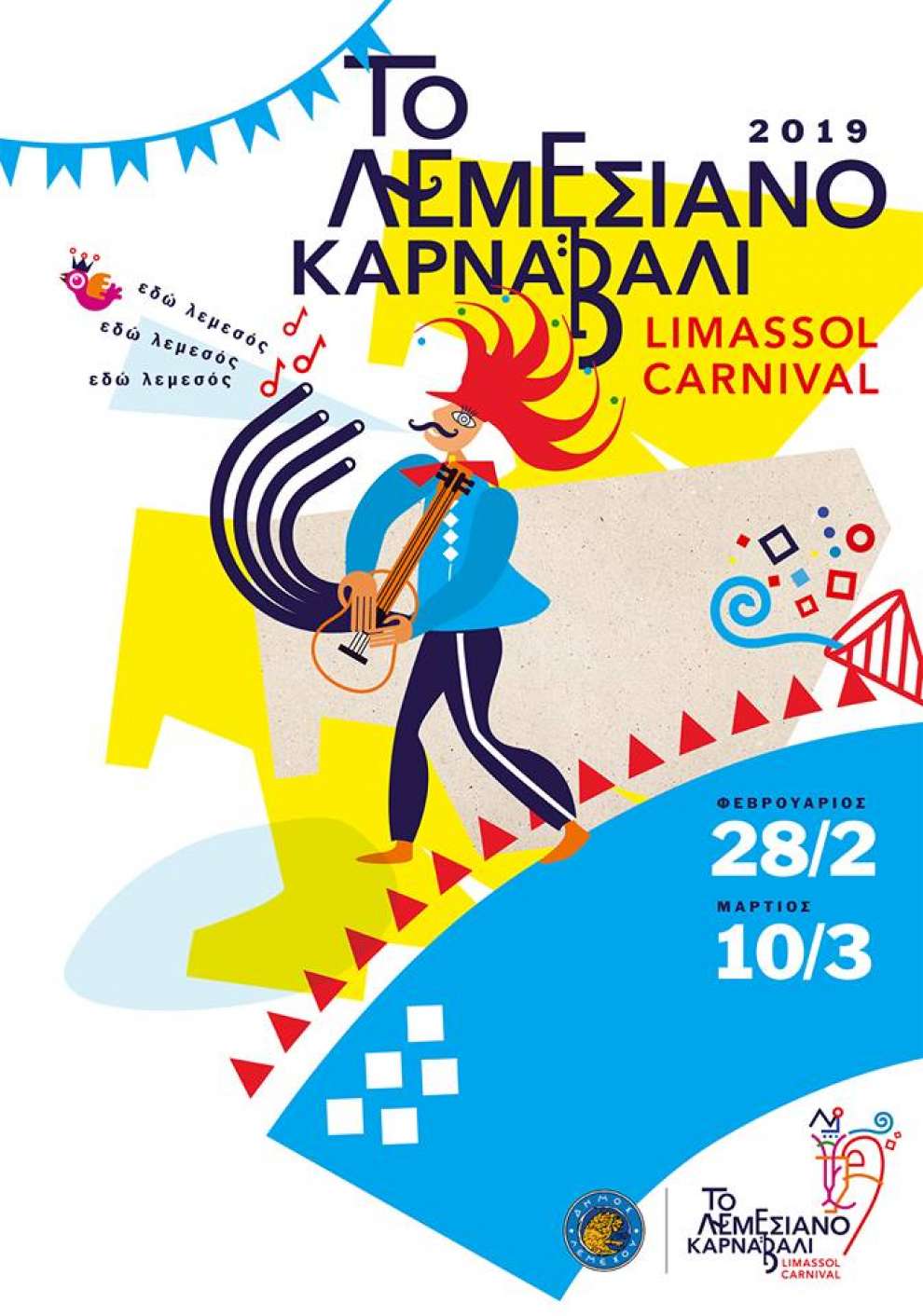
The Limassol carnival is the oldest and most popular folk festivity in Limassol and across the island as is been celebrated since 1890 and also an integral part of the town's identity and culture. To this day, the Carnival remains a strong urban and family tradition for the people of Limassol, a tradition handed down from one generation to the next. The main characteristics of the Carnival festive season are the consumption of meat and wine, satire, dancing and singing - particularly serenades - as well as the masked revellers and costumes.
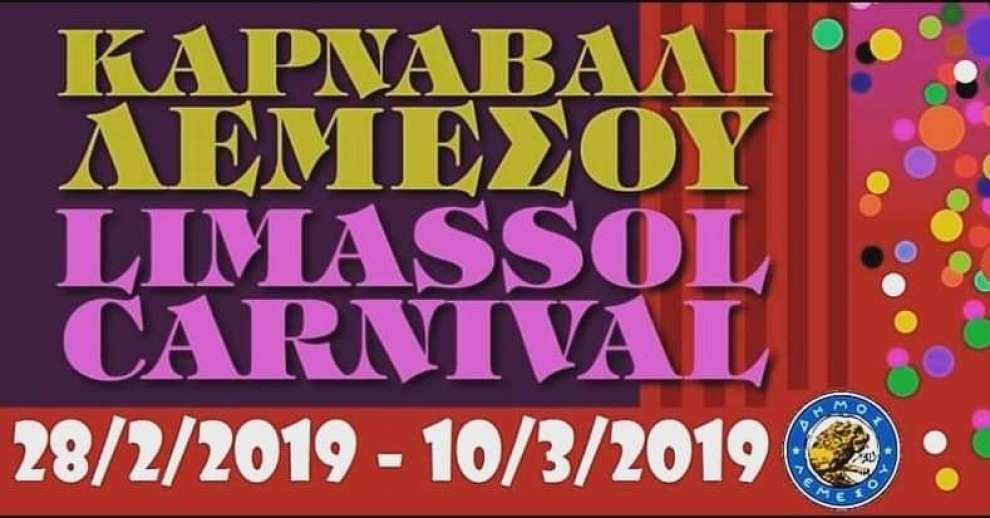
Nowadays the Carnival festivities depend a great deal on private initiatives, but also on Limassol Municipality, which organises 11 days of festivities that include parades, outdoor dances, costume competitions, visual arts exhibitions, etc. As in the old days, the Carnival festive season officially starts on Shrove Tuesday. On this day the people of Limassol gather at various locations in the town's historic centre, where they celebrate the traditional season customs, such as the consumption of meat, serenading, and makeshift parties. The carnival events, and the merry-making in the taverns, nightclubs and hotels, peak on the two weekends. It is on these two weekends that the children's parade as well as the main carnival parade are held, with the participation of thousands of carnival-goers, locals and foreigners.
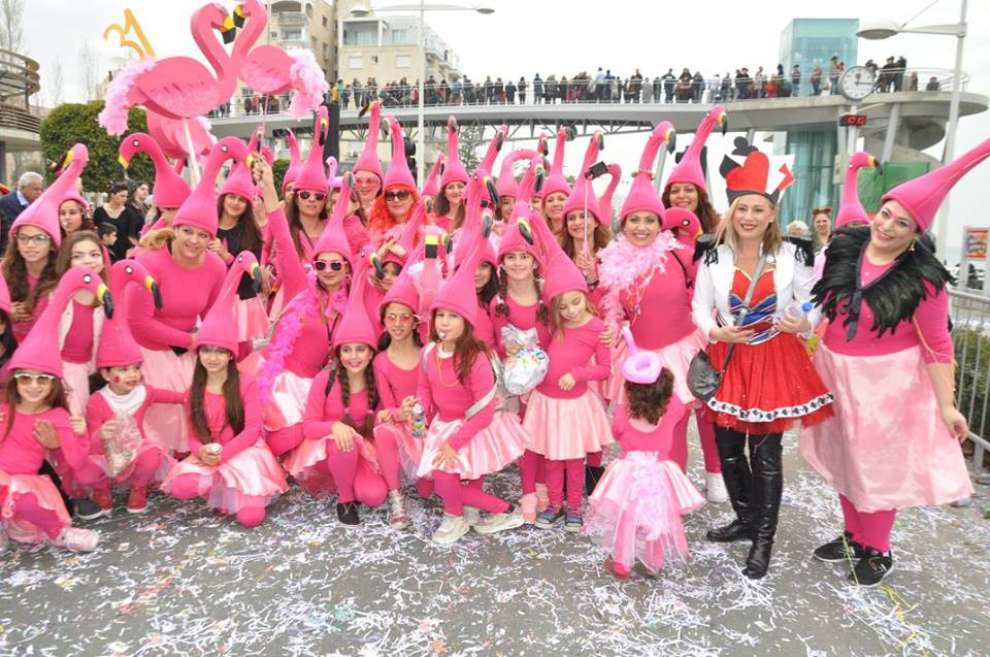
Masquerades are inspired by a variety of themes, including historical and political events, movies and the cultures of foreign countries, mythology and folk tales. The oldest and most traditional masquerades are the so-called 'pellomaskes' - makeshift, last-minute, goofy-looking masks which people wear to conceal their identity and to draw laughter, engage in satire, and have fun. Complementing the whole carnival atmosphere are the serenaders, the hallmark of the Limassol Carnival.
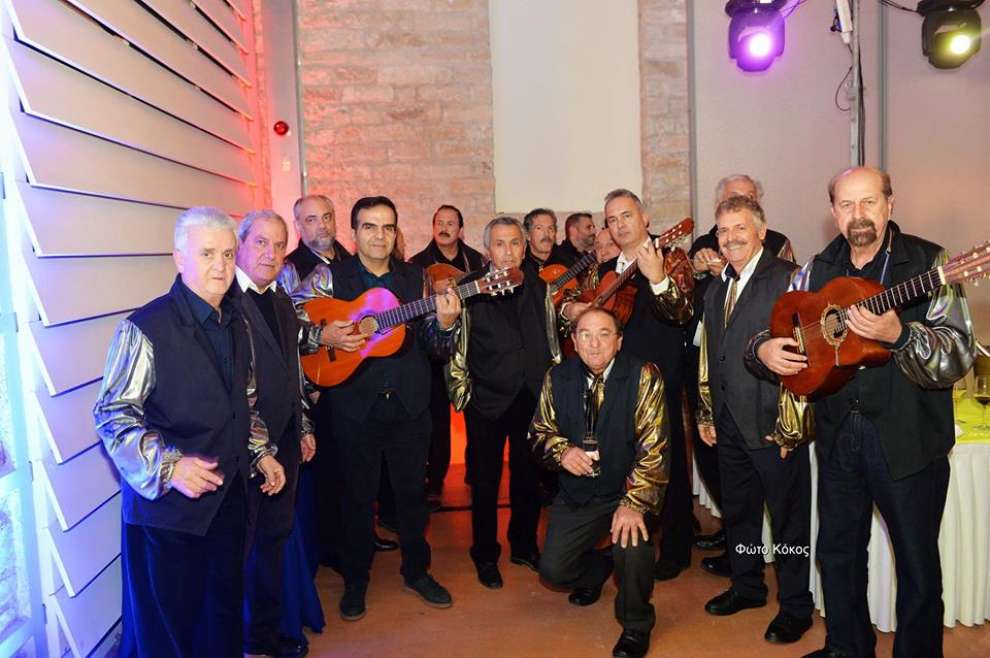
The serenades and the carnival songs can be described as the musical quintessence of the Limassol Carnival. Traditionally sung by male choirs - accompanied by mandolins and guitars - they are of a particular style. It is these songs that make up what is referred to as the town's "special sound," that is, the collective manner in which the town's people express their musical identity as well as their common roots and cultural identity. At the same time, people hailing from other towns have likewise come to identify the serenades and carnival songs with the exuberant nature of the people of Limassol and with the Limassol Carnival itself.

 English
English
 Ελληνικά
Ελληνικά Русский
Русский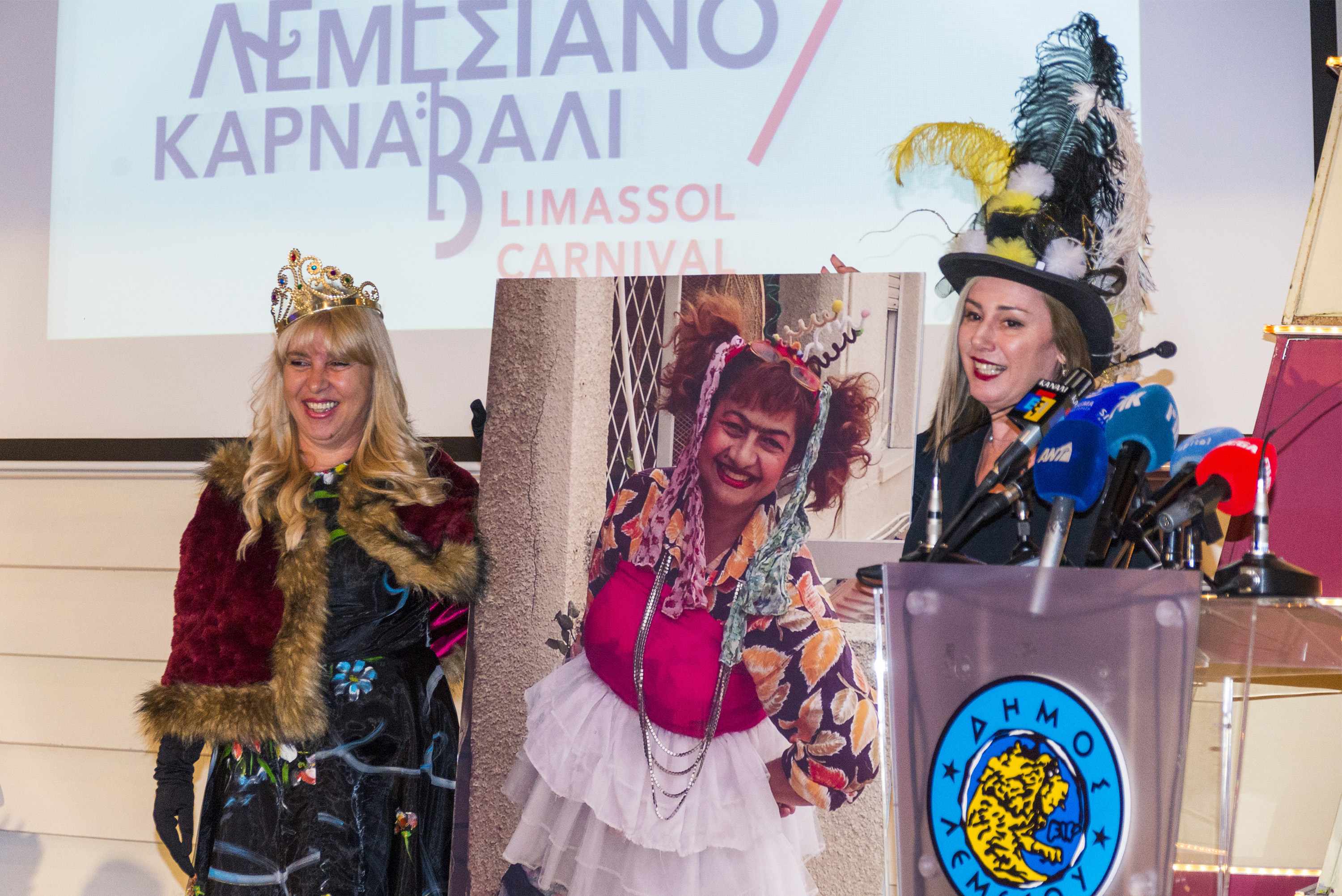
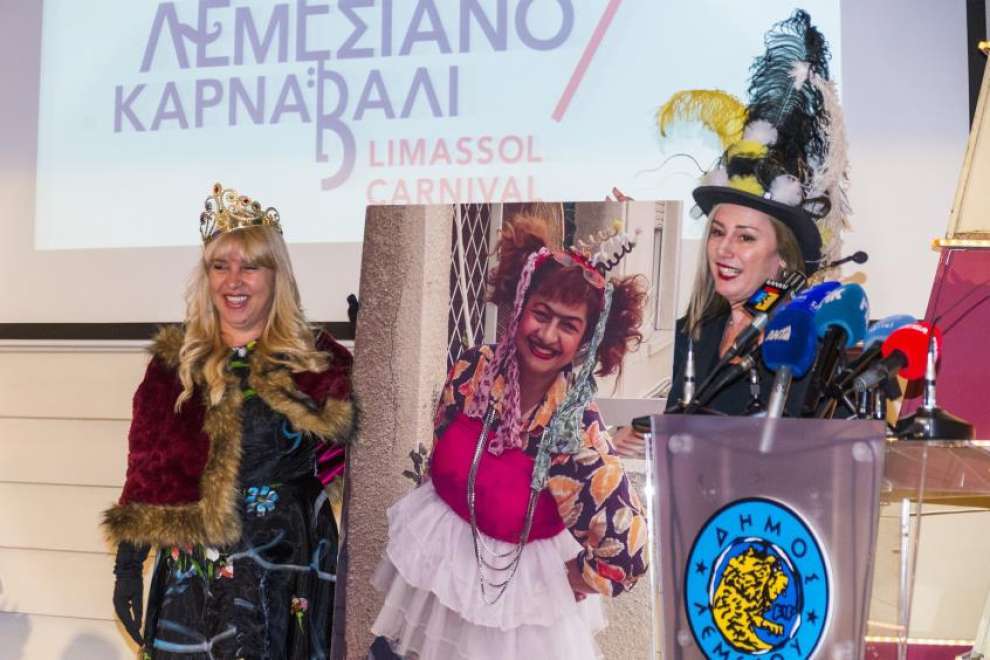
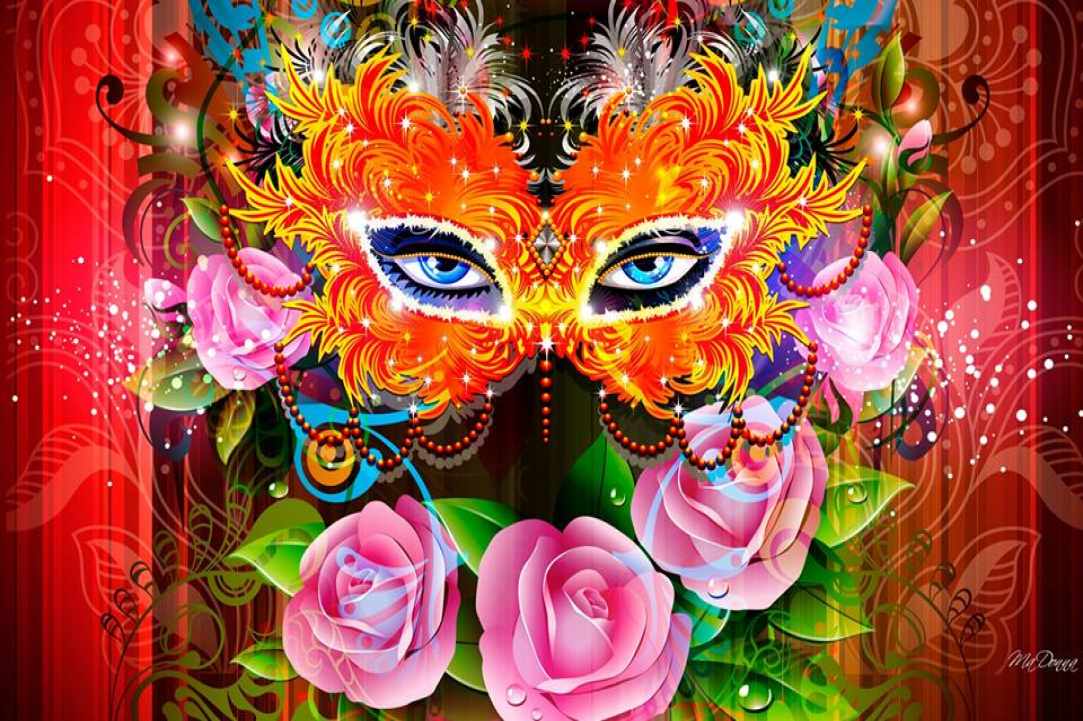
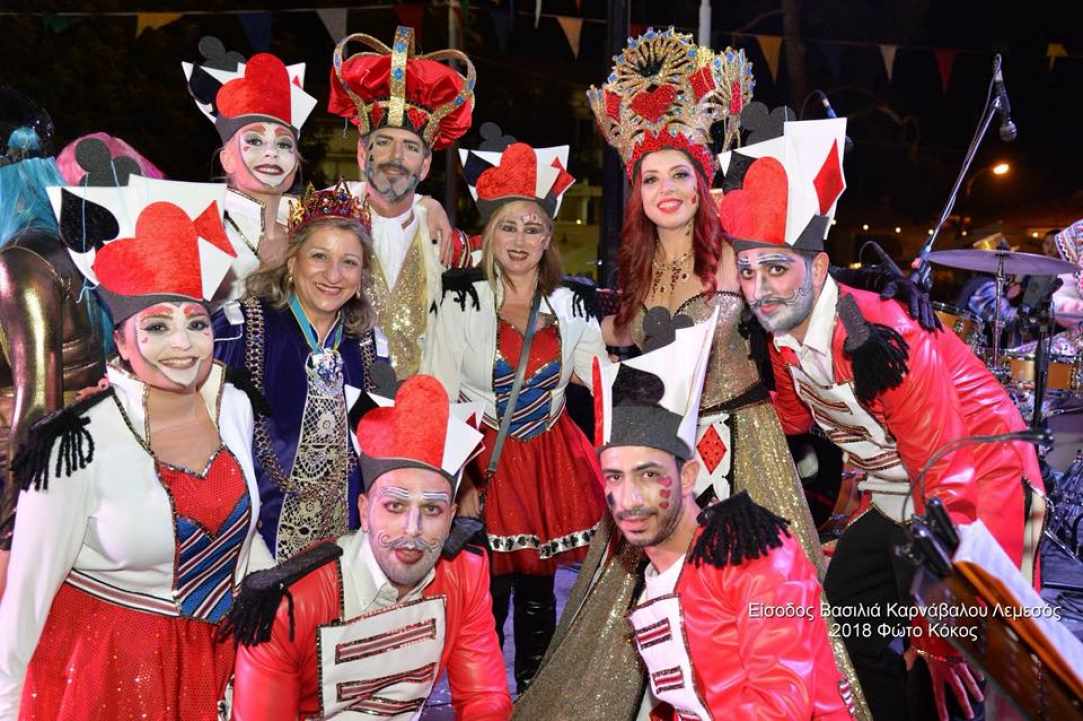
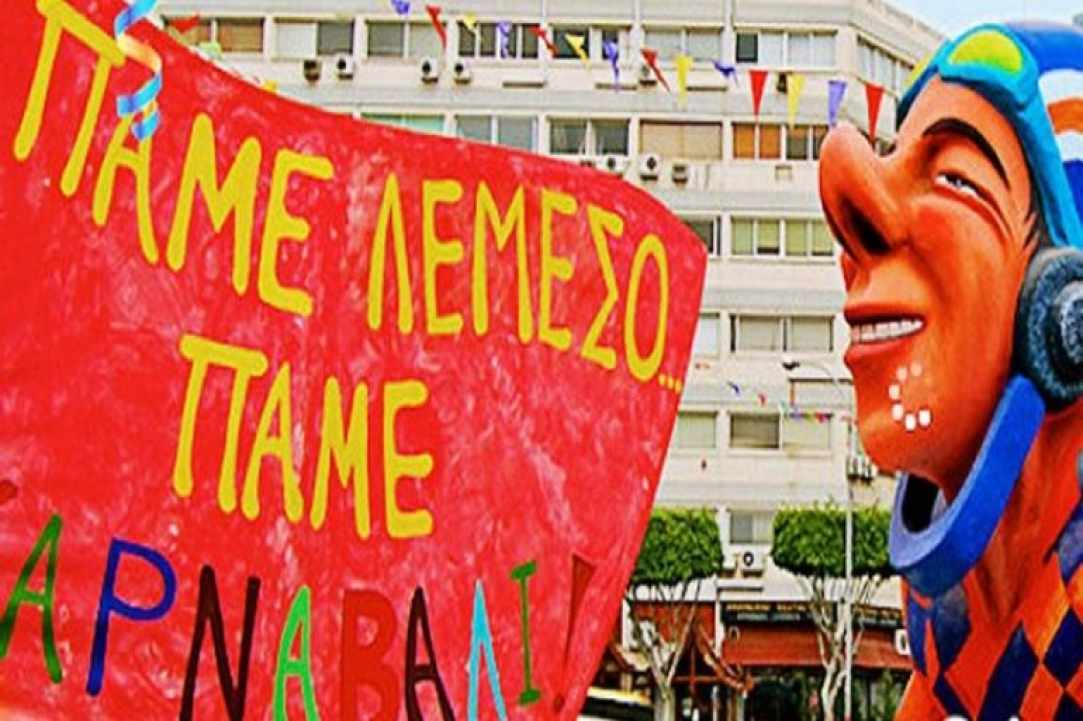
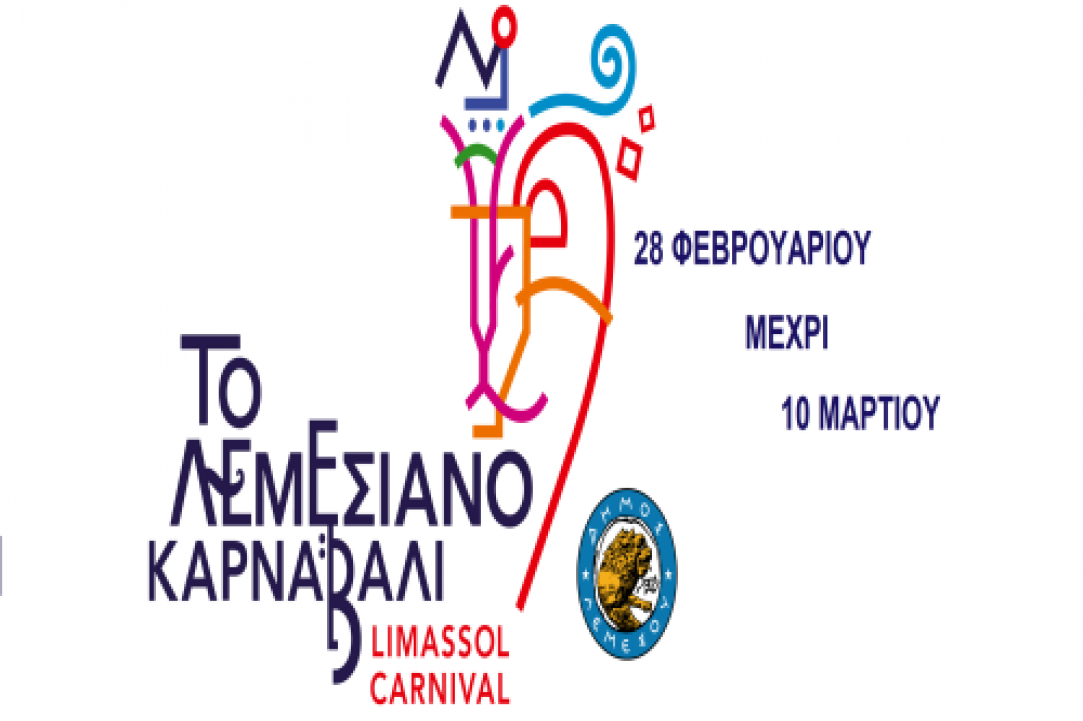
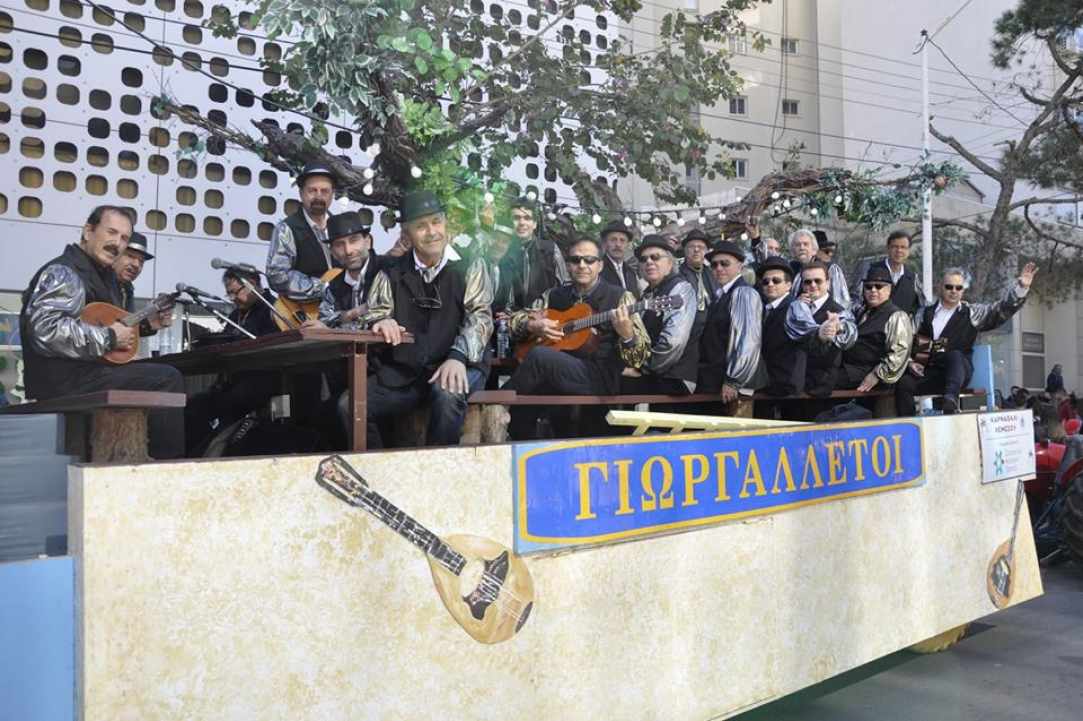
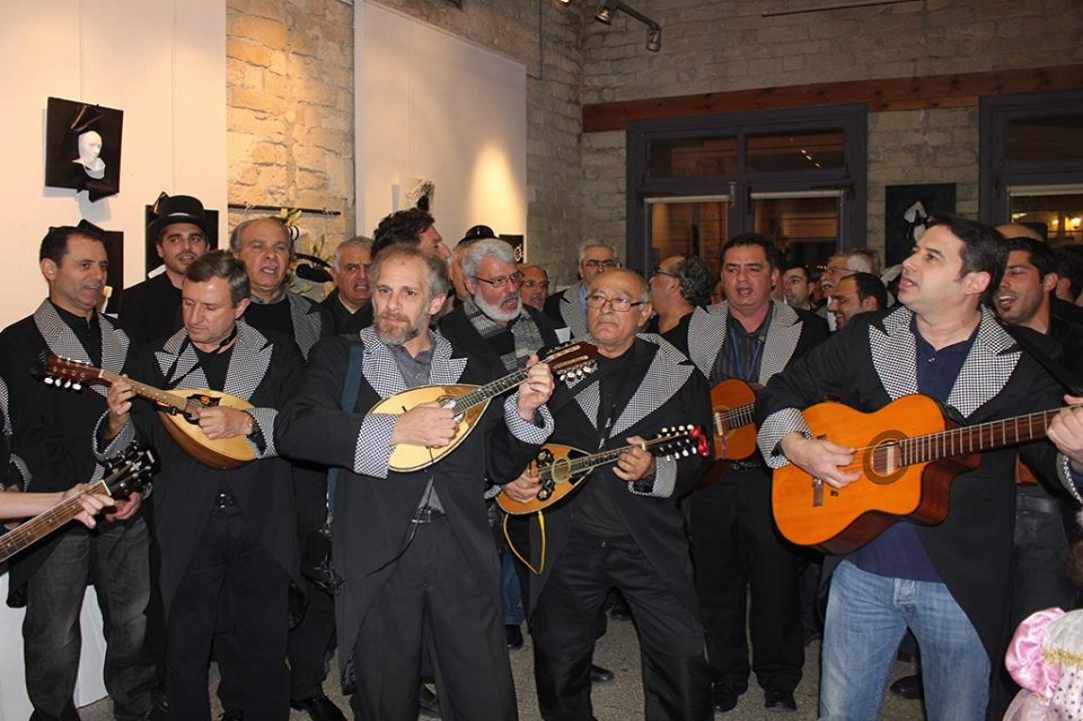
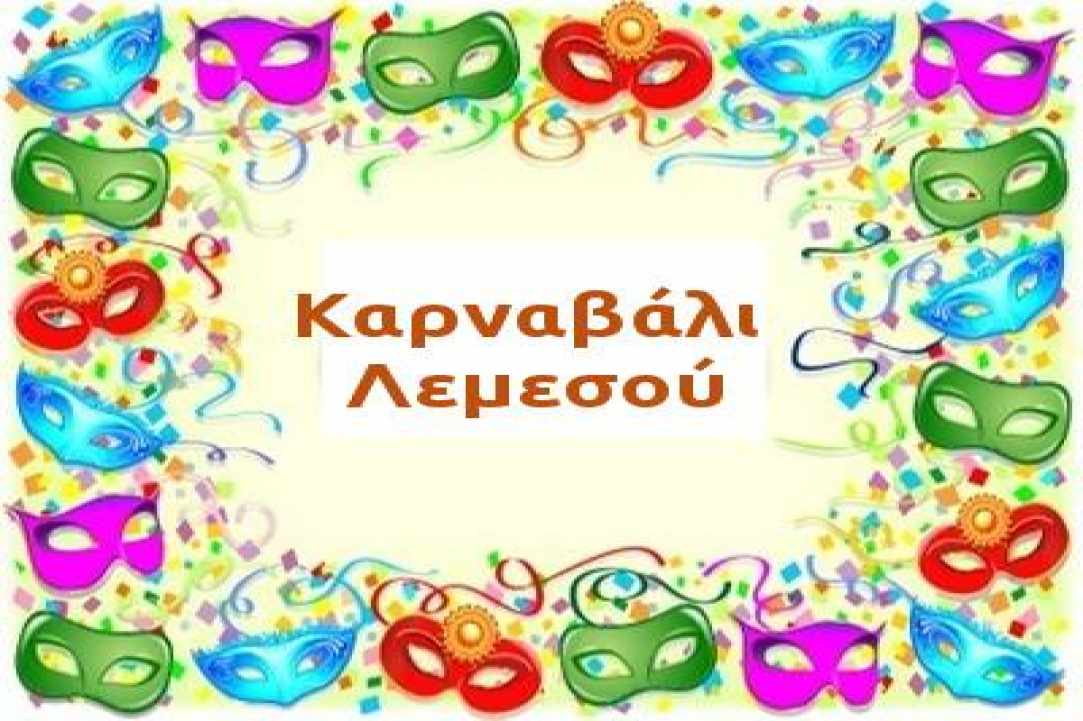
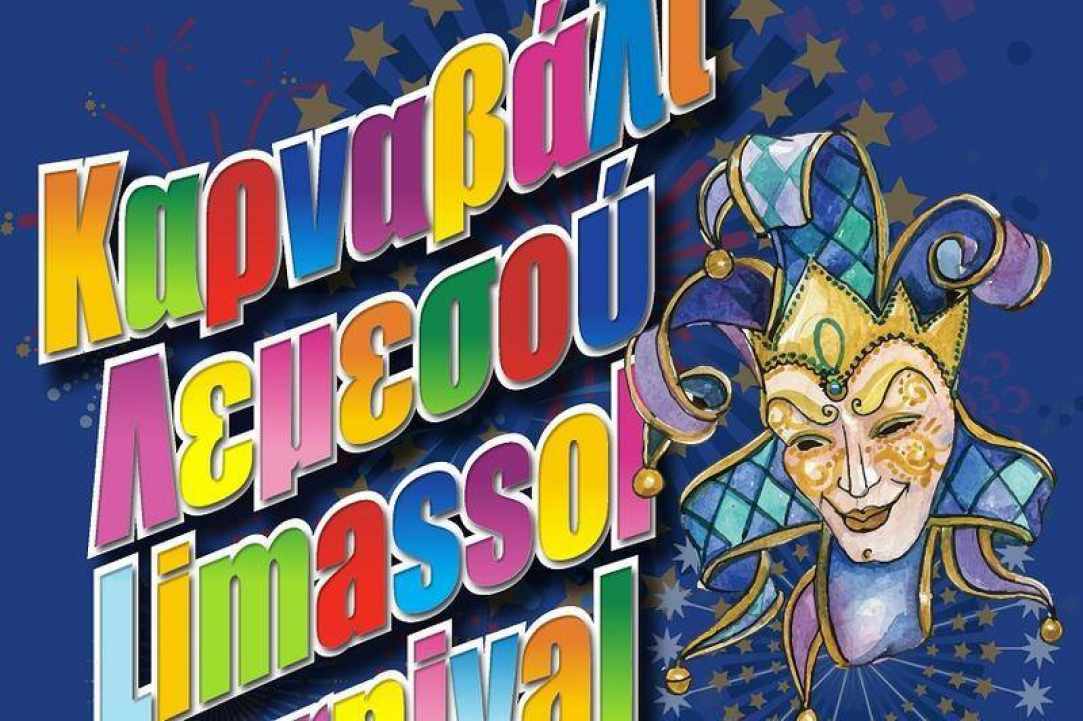
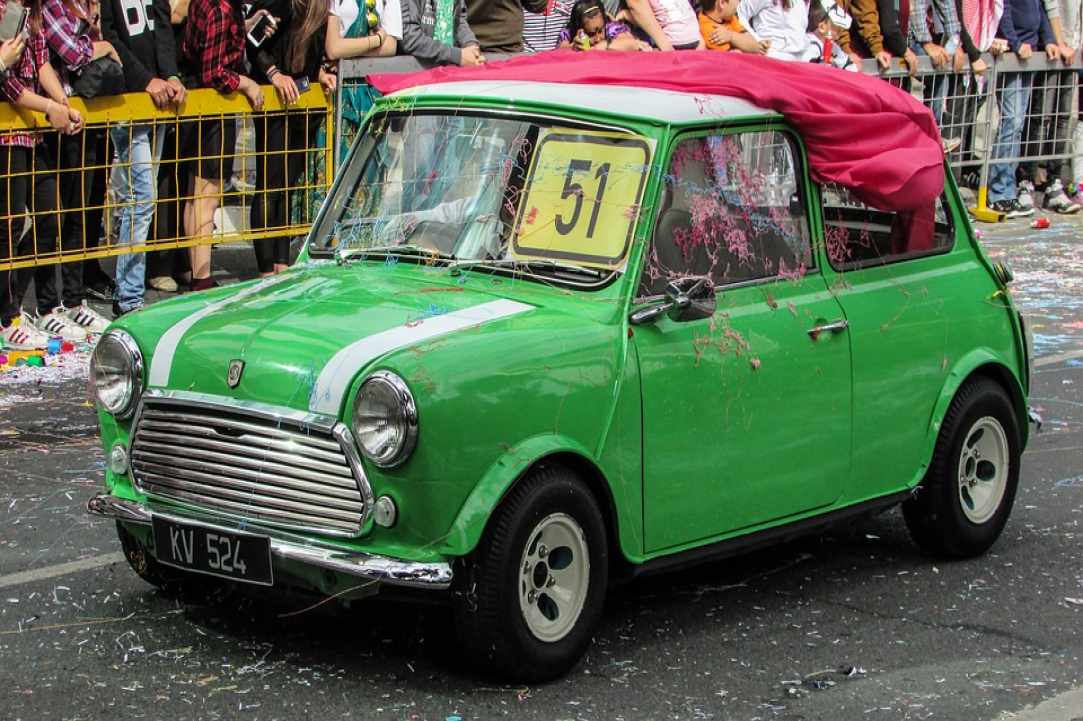
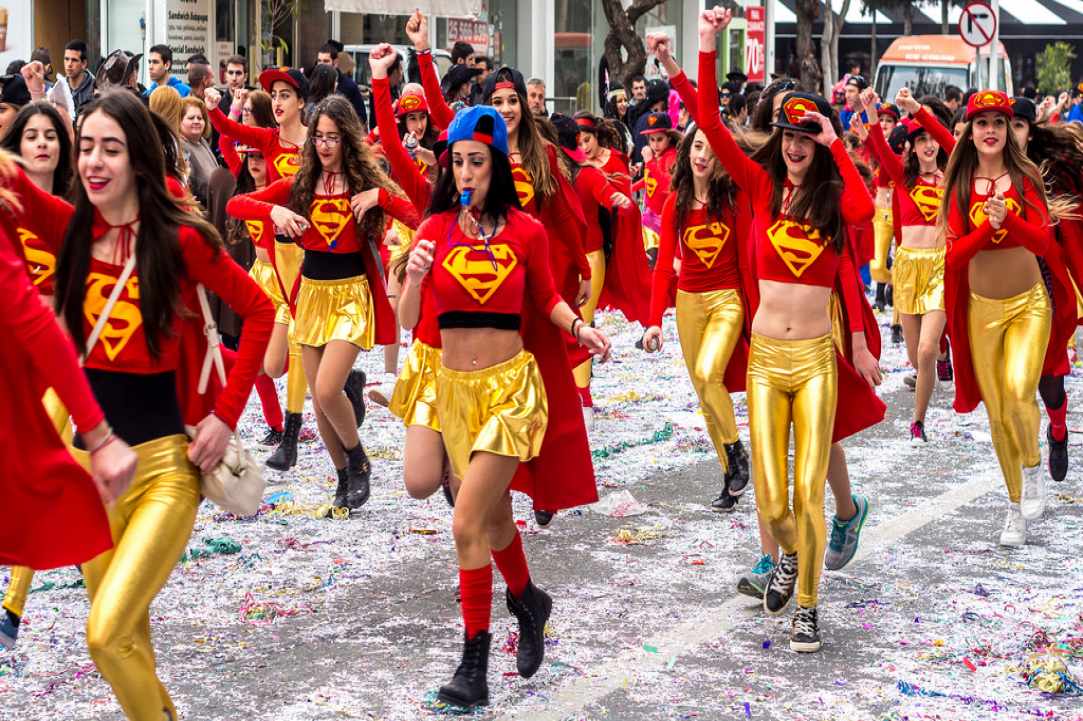
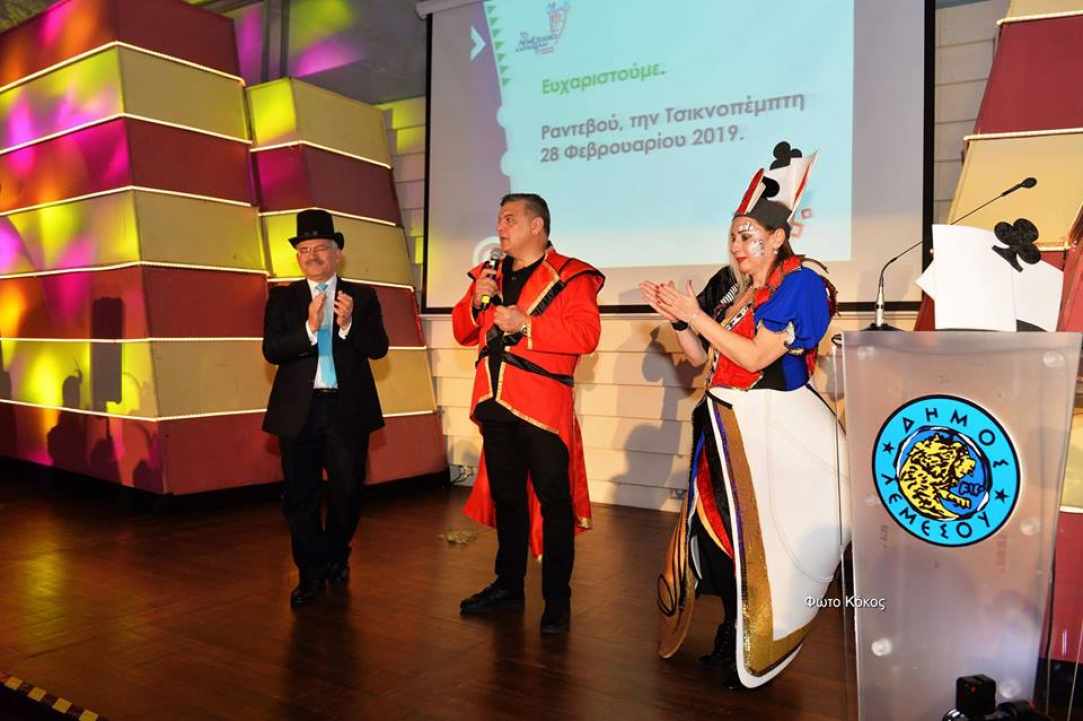
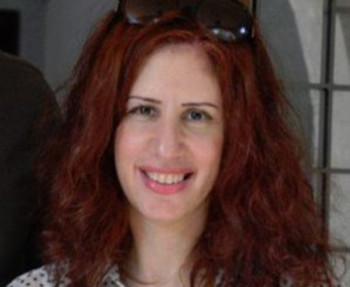 Posted by
Xenia Economidou
Posted by
Xenia Economidou






